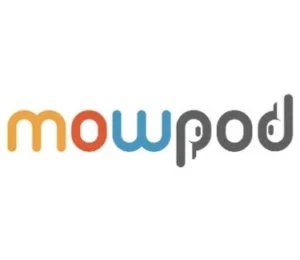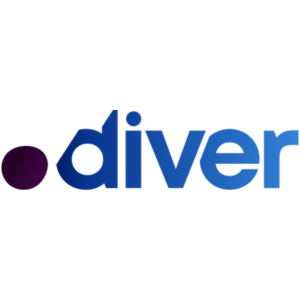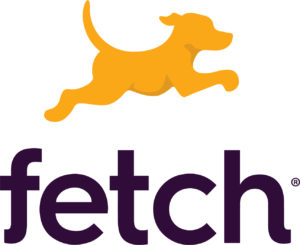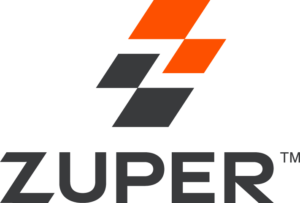Identifying Gaps & Overap in your MarTech stack // Brandi Starr & Mike Geller — Tegrita
- Part 1MarTech as the revenue engine
- Part 2Strategically using MarTech audits // Brandi Starr & Mike Geller — Tegrita
- Part 3 Identifying Gaps & Overap in your MarTech stack // Brandi Starr & Mike Geller — Tegrita
- Part 4Choosing the right MarTech functionality // Brandi Starr & Mike Geller — Tegrita
- Part 5MarTech Implementation, Integration, & Optimization // Brandi Starr & Mike Geller — Tegrita
Show Notes
Quotes
-
“You can categorize the technology into different groups and see essentially how they connect. You can have a marketing automation system or a CRM system, and the connection would be integrated or not. If they are not integrated, that is an obvious gap.” - Mike “Part of finding the gaps is understanding the data flow and you’re talking about an example where having a marketing automation tool and a CRM independently don’t necessarily mean that you don’t have a gap. It’s about creating the connection point between the two.” - Ben “You can have one data flow from one system to another and still have a data gap. Most marketing automation is integrated with CRM but that doesn’t necessarily mean that there is contextual information in the CRM that the marketing automation is able to derive. Like what sort of activity are they doing on the website.” - Mike “There are also gaps in strategy. I do think that the two things you’ve identified are the most common gaps but in some cases, there are some things that you should be doing and there is nothing happening. A good example of that is website conversion.” - Brandi“The gaps in the strategy where technology is not there to offer capabilities that you don’t currently have is the third gap that you do need to consider.” - Brandi“There is a flip side to the coin as well. When you’re evaluating your MarTech stack often there are two systems of record that are doing relatively the same thing.” - Ben“That’s why we talked about cataloging the technology and including the keywords of what functionality you’re actually using because you’re not just identifying the gaps, we do need to also identify the overlaps and we see that a lot.” - Brandi“In some cases, a platform approach makes more sense where you have one technology that can do a lot of things, that’s assuming that it can do all of those things well. And in some cases, it is better to have smaller technologies that do one thing exceptionally well and integrate them. You just don’t want to be paying for multiple technologies that do the exact same thing and even worse than paying for them is you don’t want different groups doing the same thing in different systems because there are a lot of ways that things can fall through the cracks and negative things can come out of doing the same things in different ways.” - Brandi“In some cases, the question is not, can we? It is, should we? We had clients that wanted us to build automated processes for them that were a lot of work and involved a lot of groups and changes and the benefit on the backend did not support the level of effort to remove minor manual processes. So you really have to make sure that there is value.” - Brandi“The thing that I’ve done over time that has helped me feel comfortable and like we’re on the right track with our MarTech stack is we spent the time to sit down and looked at what our own most manual and time-consuming processes are and started to figure out how to document what they are and either automate them or hand them off to somebody who can execute them just as well but with less expense of labor.” - Ben“To me, there is an important distinction here where your MarTech stack is going to solve your most technical challenge. It might not always be solving your most labor-intensive challenges and you might still need to rely on people to do some of that work, it doesn’t mean that you personally have to do it. There is the notion of blending your workforce to fill some of the gaps in your functionality.” - Ben“It comes down to value. There are certain things that your internal people are going to be best at like thinking about the strategy, really focusing on revenue, and business growth. You hire smart people for a reason and you want to give the capacity to be amazing.” - Brandi“At the end of the day, it’s always going to be a blend of people and technology that are going to help you grow your revenue. And there are times that you are going to need manual processes to continue and you’re going to need to scale them and then there are going to be times where you need to implement new MarTech technologies.” - Ben
- Part 1MarTech as the revenue engine
- Part 2Strategically using MarTech audits // Brandi Starr & Mike Geller — Tegrita
- Part 3 Identifying Gaps & Overap in your MarTech stack // Brandi Starr & Mike Geller — Tegrita
- Part 4Choosing the right MarTech functionality // Brandi Starr & Mike Geller — Tegrita
- Part 5MarTech Implementation, Integration, & Optimization // Brandi Starr & Mike Geller — Tegrita
Up Next:
-
Part 1MarTech as the revenue engine
This week we're talking specifics about how to use MarTech tools and strategies to put more money in your business's pockets. Joining us today are Brandi Starr and Mike Geller, the COO and the President and CTO at Tegrita, which is a full service MarTech consulting firm that enables digital marketing strategy with technology. In part 1 of our conversation, we discuss MarTech as the revenue engine.
Play Podcast -
Part 2Strategically using MarTech audits // Brandi Starr & Mike Geller — Tegrita
We continue our conversation about using MarTech tools and strategies to put more money in your business's pockets. Joining us again today are Brandi Starr and Mike Geller, the COO and President and CTO of Tegrita, which is a full service MarTech consulting firm that enables digital marketing strategy with technology. In Part 2 of our conversation, we discuss strategically using MarTech audits.
Play Podcast -
Part 3Identifying Gaps & Overap in your MarTech stack // Brandi Starr & Mike Geller — Tegrita
Today we're going to talk about using MarTech tools and strategies to put more money in your business's pockets. Joining us today is Brandi Starr and Mike Geller, who are respectively, the COO and President and CTO of Tegrita, which is a full service MarTech consulting firm that enables digital marketing strategy with technology. In part 3 of our conversation, we discuss identifying gaps and overlap in your MarTech stack.
-
Part 4Choosing the right MarTech functionality // Brandi Starr & Mike Geller — Tegrita
Today we're going to talk about using MarTech tools and strategies to put more money in your business's pockets. Joining us today is Brandi Starr and Mike Geller, who are respectively, the COO and President and CTO of Tegrita, which is a full service MarTech consulting firm that enables digital marketing strategy with technology. In part 4 of our conversation, we discuss choosing the right MarTech functionality.
Play Podcast -
Part 5MarTech Implementation, Integration, & Optimization // Brandi Starr & Mike Geller — Tegrita
Today’s episode talks about the process of implementation for your martech tools, how to create a focal point for your disparate tools to build a seamless integration, and how to optimize the martech stack you’ve built and make it function like a well-oiled machine. This is our last episode for Revenue Growth Week with our special guests from Tegrita.
Play Podcast











